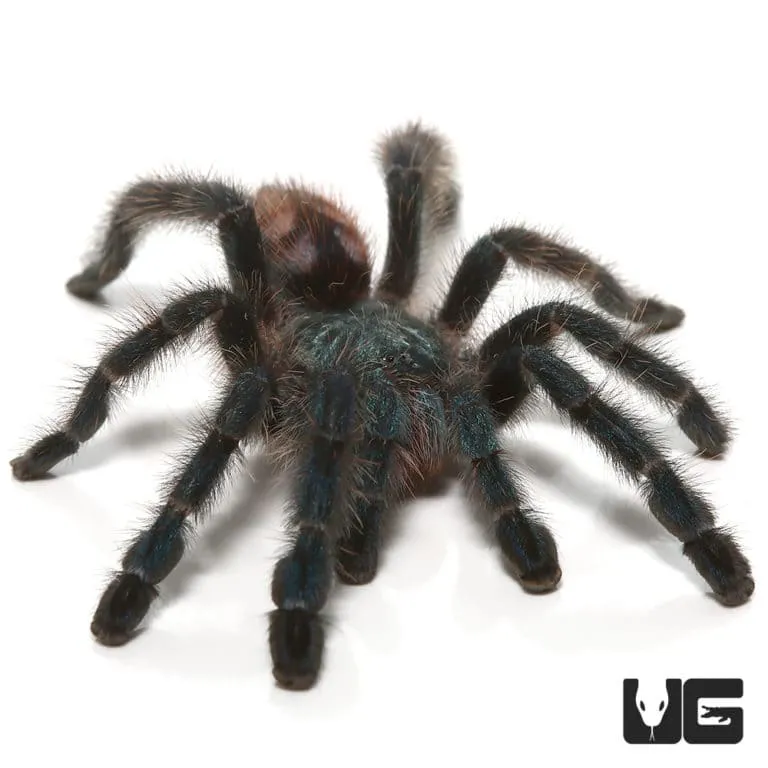Understanding the Antilles Pinktoe Tarantula Bite
The Antilles Pinktoe Tarantula (Caribena versicolor) is a beautiful arboreal species popular in the pet trade. While generally docile, they can bite if provoked. Understanding the nature of their bite is crucial for anyone handling or keeping these tarantulas. The bite itself is not typically life-threatening to humans, unlike the bites of some other venomous creatures. However, it can cause discomfort, pain, and localized symptoms. The severity of the reaction can vary depending on factors like the individual’s sensitivity and the amount of venom injected. This guide provides comprehensive information on how to treat an Antilles Pinktoe Tarantula bite effectively.
What Happens When You Get Bitten?
When an Antilles Pinktoe Tarantula bites, it injects venom through its fangs. The venom is primarily designed to subdue the tarantula’s prey, not to cause significant harm to humans. Upon biting, the fangs penetrate the skin, delivering the venom into the tissue. You may experience a sharp, stinging pain at the bite site. The intensity of the pain can vary from a mild pinch to a more intense burning sensation. The venom starts to act quickly, leading to various localized symptoms. The immediate response is to assess the situation and take prompt action to minimize any potential complications. Understanding the bite mechanism and its effects is the first step in effective treatment and care.
Symptoms of an Antilles Pinktoe Tarantula Bite
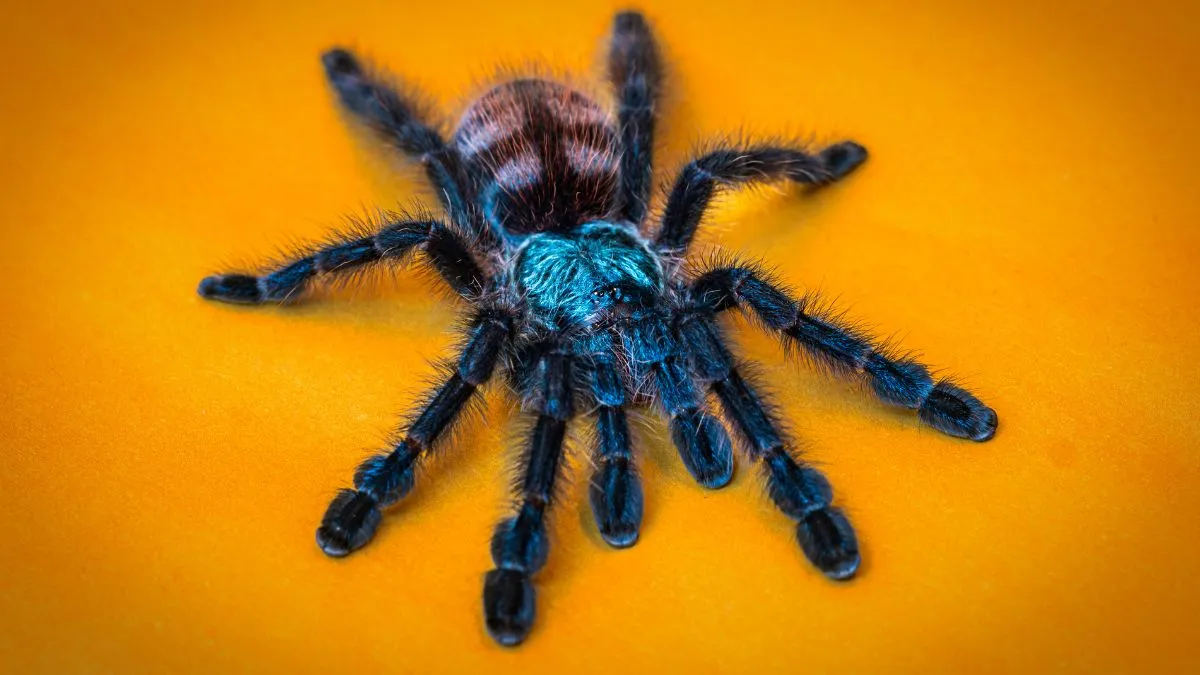
The symptoms of an Antilles Pinktoe Tarantula bite are typically localized and relatively mild. Common symptoms include immediate pain, described as a sharp sting or burning sensation at the bite location. Redness and swelling around the bite area are also typical. Some individuals may experience itching or a mild rash. In rare cases, more severe reactions can occur, such as muscle cramps or increased heart rate, especially in individuals with sensitivities or allergies. It’s important to monitor the bite site for any unusual or worsening symptoms. Documenting the symptoms and their progression will help the medical professionals provide better treatment.
Immediate First Aid for a Pinktoe Tarantula Bite
The first step in treating a tarantula bite is to remain calm. Wash the bite area thoroughly with mild soap and water. This helps to clean the wound and reduce the risk of secondary infection. Next, gently apply a cold compress or ice pack to the bite site for 10-15 minutes. This can help reduce pain, swelling, and inflammation. Keep the affected limb elevated to minimize swelling. Observe for any allergic reactions, such as difficulty breathing, swelling of the face or throat, or hives. If any of these symptoms occur, seek immediate medical attention. Document when the bite happened, and the symptoms displayed.
Cleaning the Wound
Cleaning the wound is a critical first step. Use mild soap and lukewarm water to gently wash the bite area. Avoid harsh chemicals or excessive scrubbing, which can irritate the skin. Thoroughly rinse the area to remove any soap residue. This helps to prevent infection. If possible, use an antiseptic solution, such as diluted povidone-iodine or chlorhexidine, to further disinfect the wound. Make sure to follow the product’s instructions carefully. Gently pat the area dry with a clean towel. Regular cleaning is an essential part of aftercare to ensure proper healing and reduce complications.
Applying Cold Compress
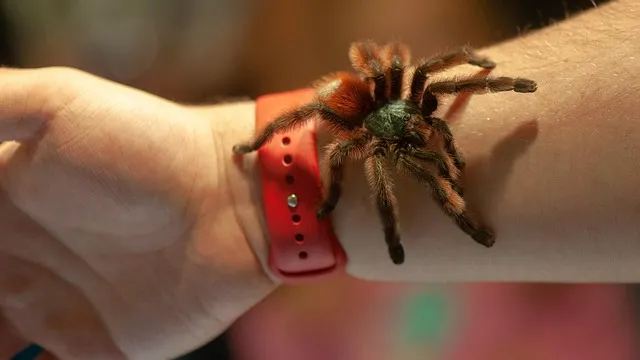
Applying a cold compress or ice pack can provide immediate relief from pain and reduce swelling. Wrap the ice pack in a cloth to prevent direct contact with the skin, which could cause frostbite. Apply the cold compress to the bite site for 10-15 minutes at a time, several times a day. The cold helps to constrict blood vessels, reducing inflammation and numbing the area, offering pain relief. Monitor the skin for any signs of irritation or excessive cold exposure. Cold compresses are a simple and effective method for managing the initial discomfort associated with a tarantula bite.
Monitoring for Allergic Reactions
It’s important to be vigilant about any signs of an allergic reaction after a tarantula bite. Symptoms like difficulty breathing, swelling of the face, lips, or throat, hives, dizziness, or a rapid heart rate are all indicators of a potential allergic response. These symptoms require immediate medical attention. If you experience any of these, seek emergency medical care immediately. Even if you don’t experience severe symptoms right away, keep an eye on any unusual changes in your body. Early detection and intervention are crucial for managing severe allergic reactions. Don’t hesitate to call for medical assistance if you are uncertain about any symptoms you are experiencing.
When to Seek Medical Attention
While an Antilles Pinktoe Tarantula bite is usually not life-threatening, it’s essential to know when to seek medical attention. If you experience any severe symptoms like difficulty breathing, swelling in the face or throat, or signs of an allergic reaction, go to the nearest emergency room. If the pain or swelling is severe or does not improve within a few days, it’s advisable to consult a doctor. A doctor can properly assess the wound, provide further treatment, and rule out any complications. Also, if you suspect an infection, such as increased redness, warmth, pus, or fever, consult a healthcare professional right away. Timely medical intervention can prevent serious issues and ensure you receive the appropriate care.
Treating the Bite
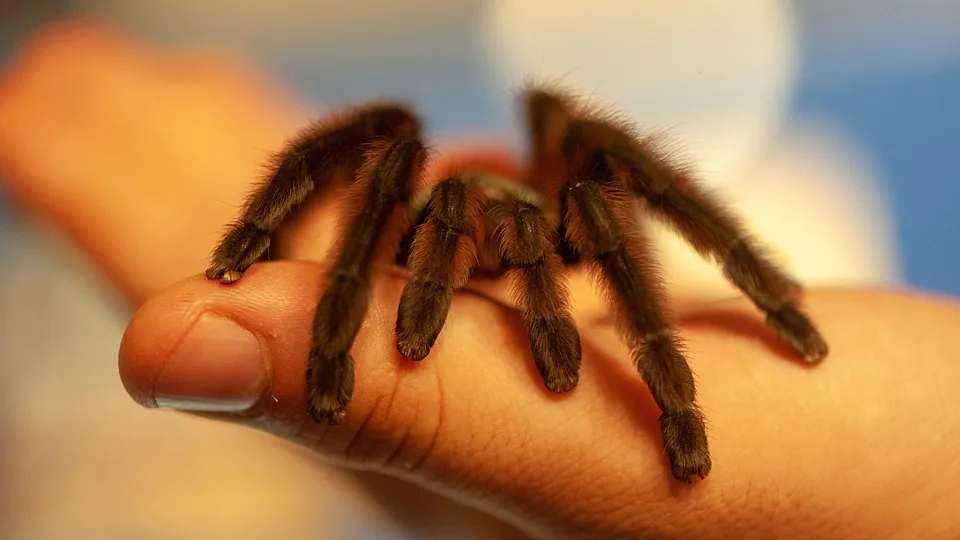
Treatment for an Antilles Pinktoe Tarantula bite mainly focuses on managing symptoms. Pain relievers, such as over-the-counter ibuprofen or acetaminophen, can help reduce pain and inflammation. Applying a cold compress is also effective for pain relief and minimizing swelling. Keep the bite area clean and dry to prevent infection. In some cases, a doctor may prescribe stronger pain medications or antibiotics if the bite site becomes infected. Follow the instructions provided by your healthcare provider. The goal of treatment is to alleviate discomfort and support the body’s natural healing process. Depending on the severity, proper care at home can be enough.
Pain Management Strategies
Several strategies can help manage pain associated with a tarantula bite. Over-the-counter pain relievers like ibuprofen or acetaminophen can provide effective relief. Applying a cold compress can reduce pain and swelling. Elevating the affected limb also helps minimize swelling. Keep the bite site clean and dry to aid healing and prevent infection. Avoid scratching the area, as this can worsen irritation and increase the risk of infection. You can also try gentle massage around the bite site to help promote blood flow and reduce pain. For more severe pain, your doctor may recommend prescription pain medication. Always follow medical advice on pain management and be patient; it may take a few days for the pain to subside fully.
Medications Your Doctor Might Prescribe
In some cases, a doctor may prescribe medications to help treat a tarantula bite. If there is an infection, antibiotics might be prescribed to combat the infection. Antihistamines can be prescribed to reduce itching or allergic reactions. In rare cases, corticosteroids may be necessary to reduce severe inflammation. Always follow your doctor’s instructions for the dosage and administration of any prescribed medications. Do not self-medicate or take medications without consulting a healthcare professional. It is crucial to complete the entire course of medication as prescribed. Contact your doctor if you experience any side effects.
Aftercare and Recovery
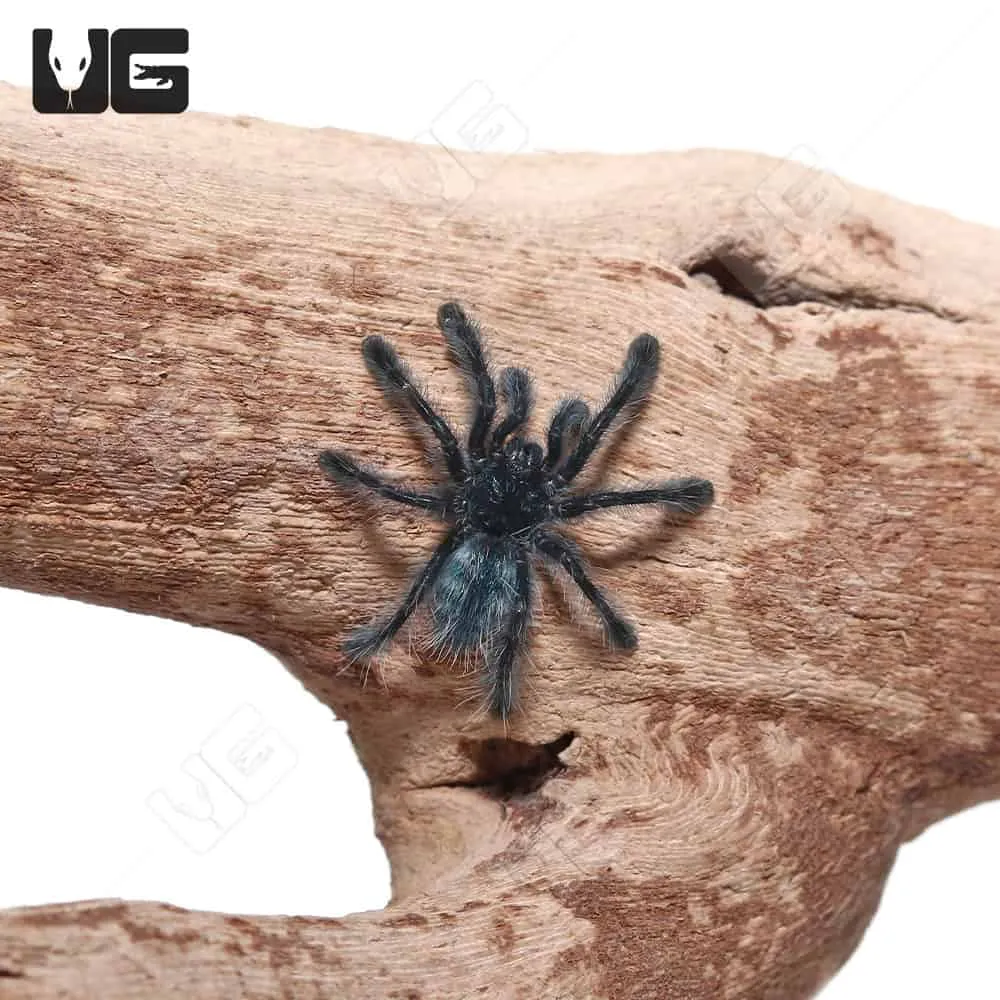
After the initial treatment, proper aftercare is essential for a complete recovery. Keep the bite area clean and dry to prevent infection. Change any bandages regularly and follow the doctor’s instructions for wound care. Monitor the bite for any signs of infection, such as increased redness, warmth, pus, or fever. Avoid scratching the bite, even if it itches. Take prescribed medications as directed. Allow adequate rest, and avoid activities that might aggravate the affected area. Most bites heal completely within a few days to a week, but healing times can vary. If the symptoms do not improve or worsen, consult your doctor. The right aftercare ensures you fully recover.
Preventing Bites in the First Place
The best approach to dealing with a tarantula bite is to prevent it in the first place. Always handle Antilles Pinktoe Tarantulas with extreme caution and only when necessary. Use appropriate tools, such as long tongs, to move the tarantula if you do not wish to handle it directly. Avoid sudden movements or actions that might startle the tarantula. When working inside the enclosure, be very careful to avoid putting your hands where the tarantula can reach them. Handle the tarantula only in a secure environment. Knowing and understanding the tarantula’s behavior will reduce the risk of being bitten. Proper prevention is key.
Proper Handling Techniques
If you must handle your Antilles Pinktoe Tarantula, use proper techniques to minimize the risk of being bitten. Always approach the tarantula calmly and slowly. Never make sudden movements that could startle it. Gently coax the tarantula onto your hand, supporting its body and legs to provide stability. Always supervise children and ensure they know the rules and regulations. Wash your hands thoroughly before and after handling the tarantula. If the tarantula shows signs of stress or aggression, such as raising its front legs or a defensive posture, do not attempt to handle it. Place it back in its enclosure and leave it alone. Being patient and using careful handling techniques promotes a safe environment.
Creating a Safe Environment
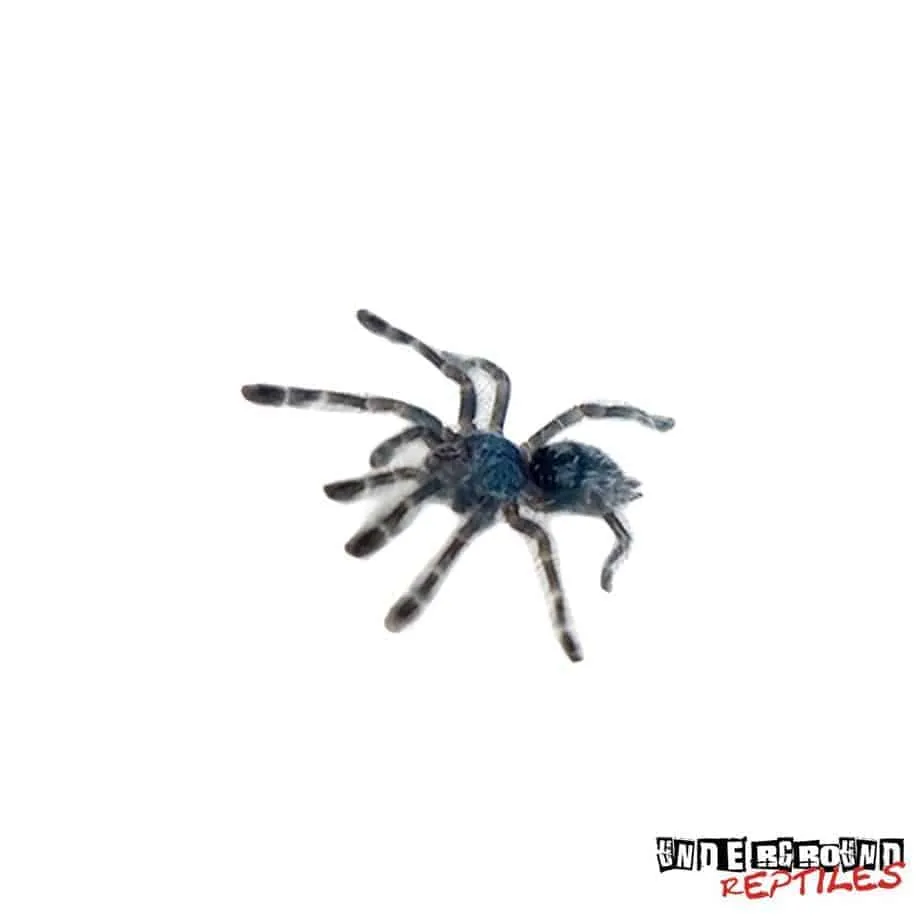
Creating a safe environment for both you and your tarantula is essential for preventing bites. Ensure that the tarantula’s enclosure is secure and escape-proof. Avoid placing the enclosure in high-traffic areas where it could be accidentally bumped or disturbed. Provide the tarantula with a suitable habitat with proper substrate, hiding places, and ventilation. When cleaning or maintaining the enclosure, do so with caution. Use long-handled tools to reduce the risk of direct contact with the tarantula. Always wash your hands thoroughly after handling the enclosure or any of its contents. A safe environment reduces stress for the tarantula and minimizes the chances of a bite. Consider the tarantula’s needs.
Conclusion
An Antilles Pinktoe Tarantula bite, while generally not life-threatening, can still cause discomfort. Understanding the symptoms, providing immediate first aid, and knowing when to seek medical attention are crucial for proper care. Preventing bites through safe handling practices and a secure environment is the best approach. By following these guidelines, you can ensure both your safety and the well-being of your tarantula. Always stay informed and prepared to handle potential situations involving your pet. With knowledge and caution, you can enjoy a safe and rewarding experience keeping these fascinating creatures.
